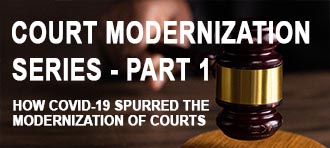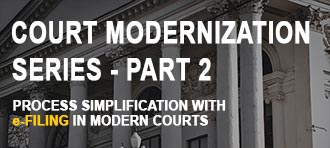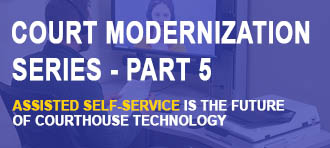Attaching a camera to any publicly accessible digital device is guaranteed to raise privacy concerns. Can the device recognize who I am? Does it store my image in a secret government database? Are the feds at some point going to come knocking at my door because a self-service device recognized me and alerted the authorities?

In the realm of modern technology, facial detection and facial recognition are terms that are often used interchangeably. However, they refer to distinct processes with unique functions and applications. Understanding the difference between these two technologies is essential, particularly as they become increasingly prevalent in the public sphere.
Facial Detection: Identifying the presence of a face
Facial detection is the first step in any facial recognition system. It involves identifying the presence of a face in an image or video. The goal is not to recognize who the person is, but simply to determine that a face is present.
Facial detection algorithms work by analyzing images to find patterns that are characteristic of human faces. These patterns include features such as the eyes, nose, mouth, and the overall shape of the face.
When a user approaches one of Advanced Kiosks’ self-service solutions, they’ll see a prompt on the screen asking if they want to enable the FaceLock feature. If they approve, FaceLock is enabled and recognizes that someone is at the kiosk. If they step away from the device, the software will run a countdown and delete session data. If the user steps back into view before the timer expires, they can continue their interaction uninterrupted.
The main purpose of FaceLock is to help ensure a user’s transaction information isn’t accessible to others if they forget to log out once their business is concluded. No image is stored, and users can conduct transactions as normal even if they decline to enable FaceLock.
Facial Recognition: Identifying and verifying individuals
Facial recognition, on the other hand, is a completely different process. Depending on the application, facial recognition systems can analyze a face to identify demographic information such as gender, race, and approximate age. Advertising platforms can use that information to deliver content targeted to that demographic. In some cases, facial recognition can be used for things ranging from providing users with secure access to computers, verifying identities for building entry, or identifying suspects at checkpoints.
Unlike facial detection, the use of facial recognition is fraught with privacy and ethical concerns. In one controversial application, for example, the company that owns Radio City Music Hall in New York used facial recognition to identify lawyers working for a firm involved in litigation against the company and deny them access to Rockettes shows at the venue as well as concerts and sporting events at Madison Square Garden.
Again, facial detection applications such as FaceLock only identify the presence of a face, don’t store images, and don’t link it to an identity. Its sole purpose is to ensure that business conducted at an Advanced Kiosks solution remains safe and secure.
Want to learn more about how FaceLock works? Reach out to our Sales team to start your self-service journey today.
















